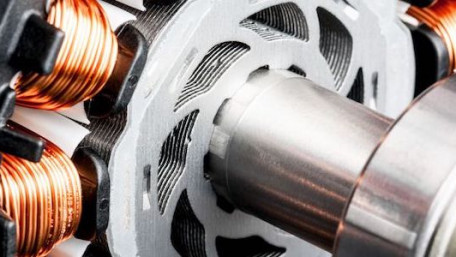
Field-oriented control (FOC), also called vector control, can control 3-phase alternating current motors and brushless DC motors. Read more to learn its…
Field-oriented control (FOC), also called vector control, can control 3-phase alternating current motors and brushless DC motors. Read more to learn its advantages, how it works, and its best applications.
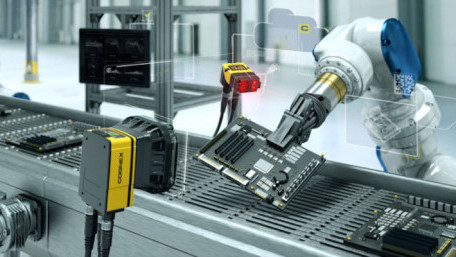
Industrial sensors can be found in nearly every modern industrial process, regardless of complexity. Learn the history,…
Industrial sensors can be found in nearly every modern industrial process, regardless of complexity. Learn the history, evolution, and variety of sensors that make manufacturing the modern marvel we see today.
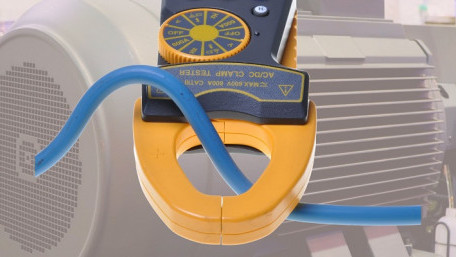
Motors consume the highest current during startup—this is a well-known fact. But logically, the slowest speed should…
Motors consume the highest current during startup—this is a well-known fact. But logically, the slowest speed should relate to the lowest power consumption. Why, then, is inrush current so high for motors?

Addressing cybersecurity threats introduced by IIoT technology and devices can quickly seem overwhelming. However, an…
Addressing cybersecurity threats introduced by IIoT technology and devices can quickly seem overwhelming. However, an understanding of the risks can lead to some straightforward countermeasures.
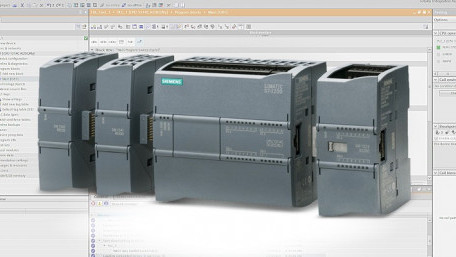
Programming simple coil and contact commands is an easy matter in most PLC IDEs. Connecting and configuring analog inputs…
Programming simple coil and contact commands is an easy matter in most PLC IDEs. Connecting and configuring analog inputs can be more challenging with various bit resolutions and conversion commands.
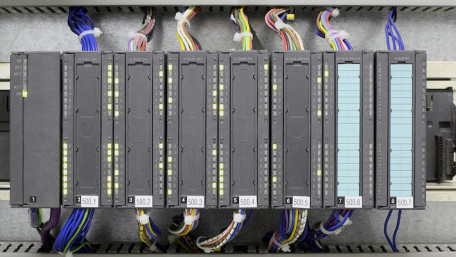
Insufficient controller memory can result in reduced HMI and SCADA response speed and longer scan times. Know the…
Insufficient controller memory can result in reduced HMI and SCADA response speed and longer scan times. Know the differences between RAM, ROM, and removable memory, and how to keep program sizes in check.

Computers understand values as long strings of binary bits, but we humans convert them to other systems for convenience.…
Computers understand values as long strings of binary bits, but we humans convert them to other systems for convenience. Decimal makes sense, but what about hexadecimal and the lesser-known octal systems?
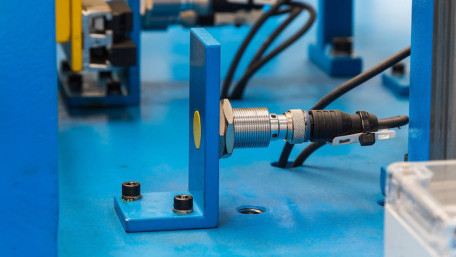
Operating voltage, linearity, dimensions, polarity protection, range… When it comes to sensors, every situation calls…
Operating voltage, linearity, dimensions, polarity protection, range… When it comes to sensors, every situation calls for understanding these specs in detail during design, purchasing, and installation.
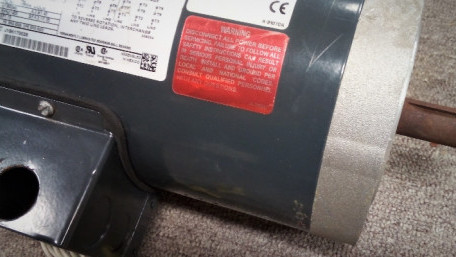
Large motors require a circuit to turn on and off. This may be as simple as a single on/off drum-type switch or as…
Large motors require a circuit to turn on and off. This may be as simple as a single on/off drum-type switch or as elaborate as a VFD unit. Learn about some common control circuit designs for typical three-phase motor requirements.

As data becomes available, maintenance can shift from being done on a rigid schedule to a more cost-effective plan of…
As data becomes available, maintenance can shift from being done on a rigid schedule to a more cost-effective plan of fixing as required, even turning attention to the root cause of maintenance woes.
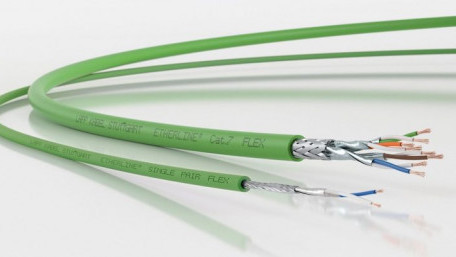
Industrial Ethernet is getting a facelift, but will the industry adopt this new change? Single Pair Ethernet (SPE) offers…
Industrial Ethernet is getting a facelift, but will the industry adopt this new change? Single Pair Ethernet (SPE) offers gigabit speeds with a reduced footprint. When is it used, and where?

Power quality is an increasing concern for manufacturers all over the world as electrical equipment becomes more advanced…
Power quality is an increasing concern for manufacturers all over the world as electrical equipment becomes more advanced and therefore sensitive to discrepancies in the supplied power.
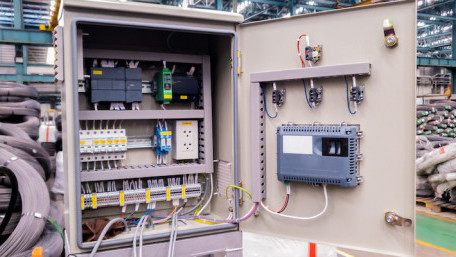
Modbus is one of the oldest industrial communication protocols still in use today. Continue reading to find out how the…
Modbus is one of the oldest industrial communication protocols still in use today. Continue reading to find out how the protocol works and how to use it for monitoring and control.
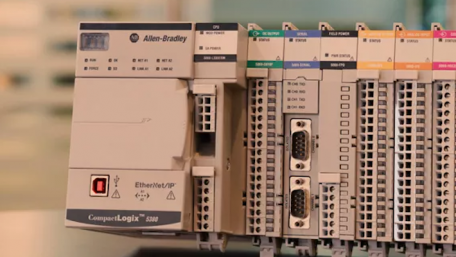
Learn how to install and program analog modules into Rockwell’s hardware and software environments using a CompactLogix…
Learn how to install and program analog modules into Rockwell’s hardware and software environments using a CompactLogix PLC and Studio 5000.
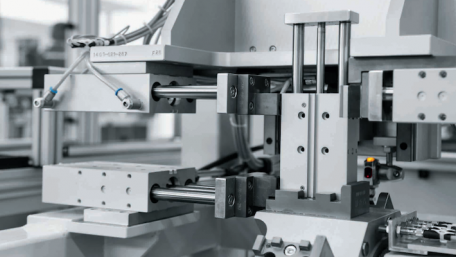
IIoT is a daunting topic due to ambiguous interactions of hardware and software. This article outlines the basic steps to…
IIoT is a daunting topic due to ambiguous interactions of hardware and software. This article outlines the basic steps to use an MQTT broker to collect the number of cycles from a pneumatic cylinder for PM software.

To know if predictive maintenance is the right strategy, it might help to first recognize if it isn’t. Here are some…
To know if predictive maintenance is the right strategy, it might help to first recognize if it isn’t. Here are some indicators that your organization should improve before implementing predictive maintenance.
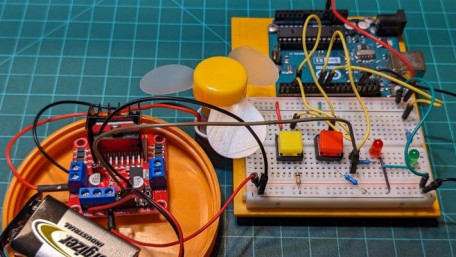
DC motors are an old technology still commonly used in industry. This hands-on article shows how to implement a Count Up…
DC motors are an old technology still commonly used in industry. This hands-on article shows how to implement a Count Up (CTU) counter on an Arduino OpenPLC Simulator to control a low-voltage DC motor.
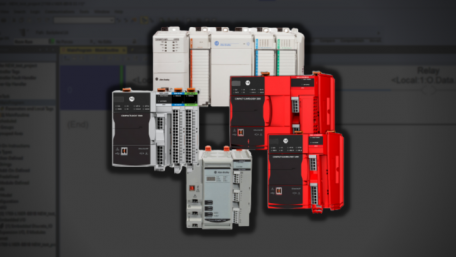
Rockwell Automation is known for being one of the most popular PLC brands, supported by many compatible devices. Learn…
Rockwell Automation is known for being one of the most popular PLC brands, supported by many compatible devices. Learn the basics of getting started with a CompactLogix project in the Studio 5000 environment.
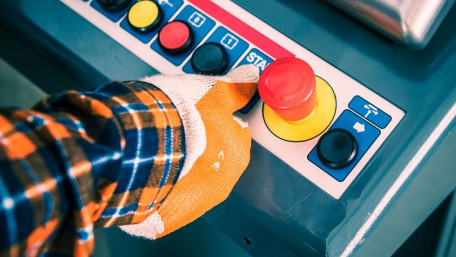
Machine safety design can be a daunting task with all the different safety devices on the market today. Choosing the…
Machine safety design can be a daunting task with all the different safety devices on the market today. Choosing the correct device for your design can be made easier by understanding when to use the proper device.
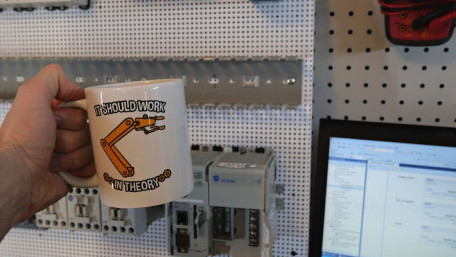
We are taught that parallel circuits maintain equal voltage across all branch resistors, equally sharing the source…
We are taught that parallel circuits maintain equal voltage across all branch resistors, equally sharing the source voltage. But reality is often far from ideal, and individual devices certainly impact the rest of the circuit.
